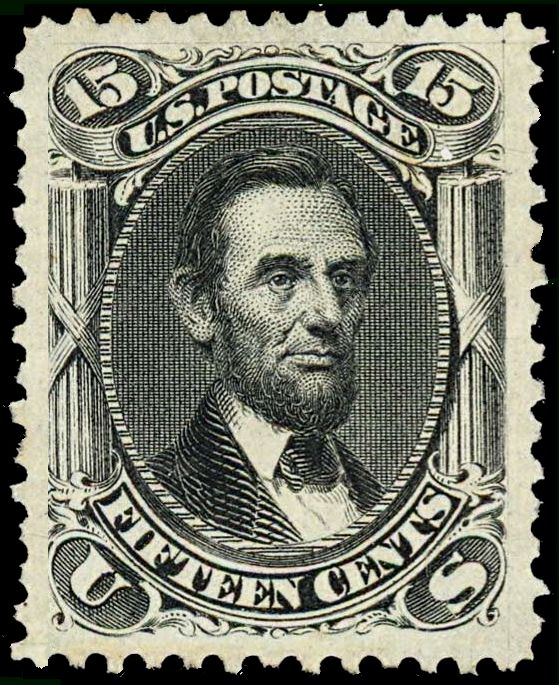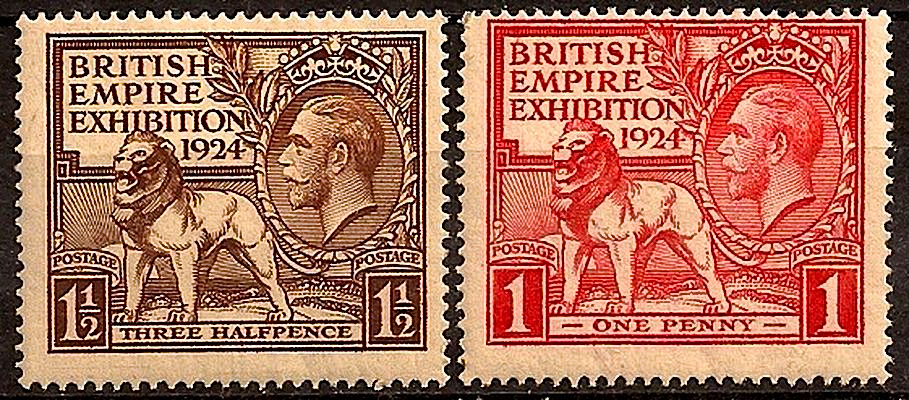Commemorative stamp on:
[Wikipedia]
[Google]
[Amazon]
 A commemorative stamp is a
A commemorative stamp is a
 The United States 15-cent black stamp of 1866 depicts
The United States 15-cent black stamp of 1866 depicts  Though the United Kingdom often set the precedent for postage stamps and their designs, they were the late runners with the issue of their first commemorative stamp, not issuing one until 1924 when it printed and released the
Though the United Kingdom often set the precedent for postage stamps and their designs, they were the late runners with the issue of their first commemorative stamp, not issuing one until 1924 when it printed and released the
 A commemorative stamp is a
A commemorative stamp is a postage stamp
A postage stamp is a small piece of paper issued by a post office, postal administration, or other authorized vendors to customers who pay postage (the cost involved in moving, insuring, or registering mail). Then the stamp is affixed to the f ...
, often issued on a significant date such as an anniversary
An anniversary is the date on which an event took place or an institution was founded.
Most countries celebrate national anniversaries, typically called national days. These could be the List of national independence days, date of independen ...
, to honor or commemorate a place, event, person, or object. The ''subject'' of the commemorative stamp is usually spelled out in print, unlike definitive stamp
A definitive stamp is a postage stamp that is part of the regular issue of a country's stamps, available for sale by the post office for an extended period of time and designed to serve the everyday postal needs of the country. The term is used in ...
s which normally depict the subject along with the denomination and country name only. Many postal services issue several commemorative stamps each year, sometimes holding first day of issue
A first day of issue cover or first day cover (FDC) is a postage stamp on a cover, postal card or stamped envelope Franking, franked on the first day the issue is authorized for useBennett, Russell and Watson, James; ''Philatelic Terms Illustrate ...
ceremonies at locations connected with the subjects. Commemorative stamps can be used alongside ordinary stamps. Unlike definitive stamps that are often reprinted and sold over a prolonged period of time for general usage, commemorative stamps are usually printed in limited quantities and sold for a much shorter period of time, usually, until supplies run out.
First commemoratives
There are several candidates for the title of the first commemorative. A 17-cent stamp issued in 1860 by New Brunswick, showing the Prince of Wales in anticipation of his visit is one possibility. Often cited as the world's first commemoratives are the sixteen stamps of the United States Columbian Issue, produced to celebrate the World Columbian Exposition in Chicago honoring the 400th anniversary of Christopher Columbus's arrival in the New World in 1492. (Illustrated here is the $1 stamp from the series: "Isabella pledging her jewels.") The United States 15-cent black stamp of 1866 depicts
The United States 15-cent black stamp of 1866 depicts Abraham Lincoln
Abraham Lincoln (February 12, 1809 – April 15, 1865) was the 16th president of the United States, serving from 1861 until Assassination of Abraham Lincoln, his assassination in 1865. He led the United States through the American Civil War ...
and was the first stamp issued after his assassination in 1865, but it was not officially declared as a memorial to him.''A Sharp Eye on collecting US Classics'' (Sharp Photography Publications, 2021) ASIN B091MBTGJ7 (read online) The U.S. also issued a 5-cent stamp in 1882 showing the recently assassinated President James A. Garfield. In addition, the United States issued stamped envelopes for the Centennial Exposition in 1876, although technically these are postal stationery
A piece of postal stationery is a stationery item, such as a stamped envelope, letter sheet, postal card, lettercard, aerogram or Newspaper wrapper, wrapper, with an imprinted stamp or inscription indicating that a specific rate of postage ...
and not stamps. The British Jubilee Issue of 1887 may be thought of as commemorative of the 50 years' reign of Queen Victoria, although there are no special inscriptions on the stamps, and they were intended as regular stamps. In 1870 Peru issued a 5¢ scarlet Locomotive and Arms stamp and is regarded as the first commemorative postage stamp, issued to commemorate the 20th anniversary of the first railway in South America.
 Though the United Kingdom often set the precedent for postage stamps and their designs, they were the late runners with the issue of their first commemorative stamp, not issuing one until 1924 when it printed and released the
Though the United Kingdom often set the precedent for postage stamps and their designs, they were the late runners with the issue of their first commemorative stamp, not issuing one until 1924 when it printed and released the British Empire Exhibition
The British Empire Exhibition was a colonial exhibition held at Wembley Park, London England from 23 April to 1 November 1924 and from 9 May to 31 October 1925.
Background
In 1920 the Government of the United Kingdom, British Government decide ...
issue of 1924.
Other premier commemorative stamps were issued by New South Wales in 1888 to mark its 100th anniversary; the six types all include the inscription "". Commemoratives followed in 1891 for Hong Kong and Romania. In 1892 and 1893 a half-dozen nations of America and Spain issued commemorative stamps for the 400th anniversary of the West's discovery of America by Christopher Columbus.
Backlash
The appearance of commemorative postage stamps caused a backlash among some stamp collectors in the early years of stamp collecting, who balked at the prospect of laying out ever-larger sums to acquire the stamps of the world. This led to the formation of the Society for the Suppression of Speculative Stamps in 1895 to blacklist these ''excessive'' stamps. The organization broke up after unsuccessful attempts at getting collectors at large to comply with their wishes. Today early commemoratives are still prized by collectors.See also
*Airmail stamp
An airmail stamp is a postage stamp intended to pay either an airmail fee that is charged in addition to the surface rate, or the full airmail rate, for an item of mail to be transported by air.
Airmail stamps should not be confused with airmai ...
* Commemoration of the American Civil War on postage stamps
* Stamp collecting
Stamp collecting is the collecting of postage stamps and related objects. It is an area of philately, which is the study (or combined study and collection) of stamps. It has been one of the world's most popular hobbies since the late nineteenth ...
* Territories of the United States on stamps
* Template:US stamp locator
References
{{Authority control Cultural heritage